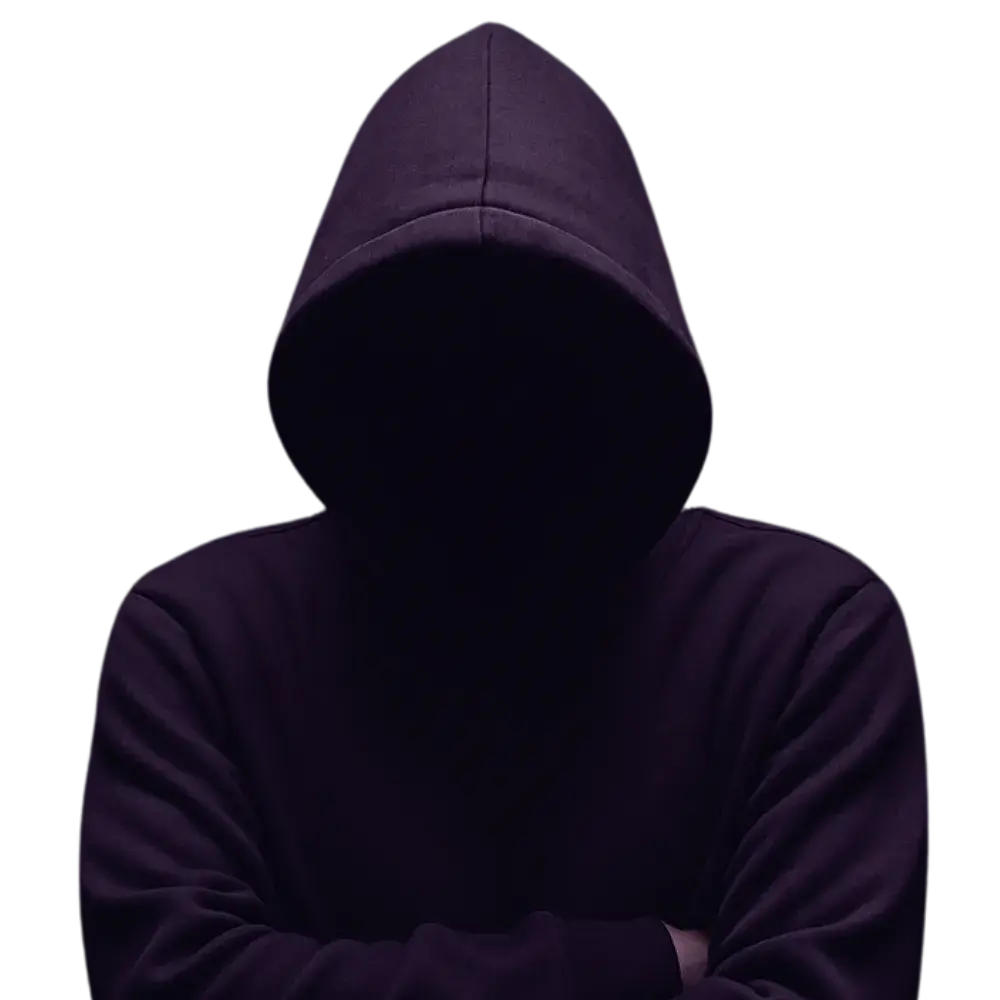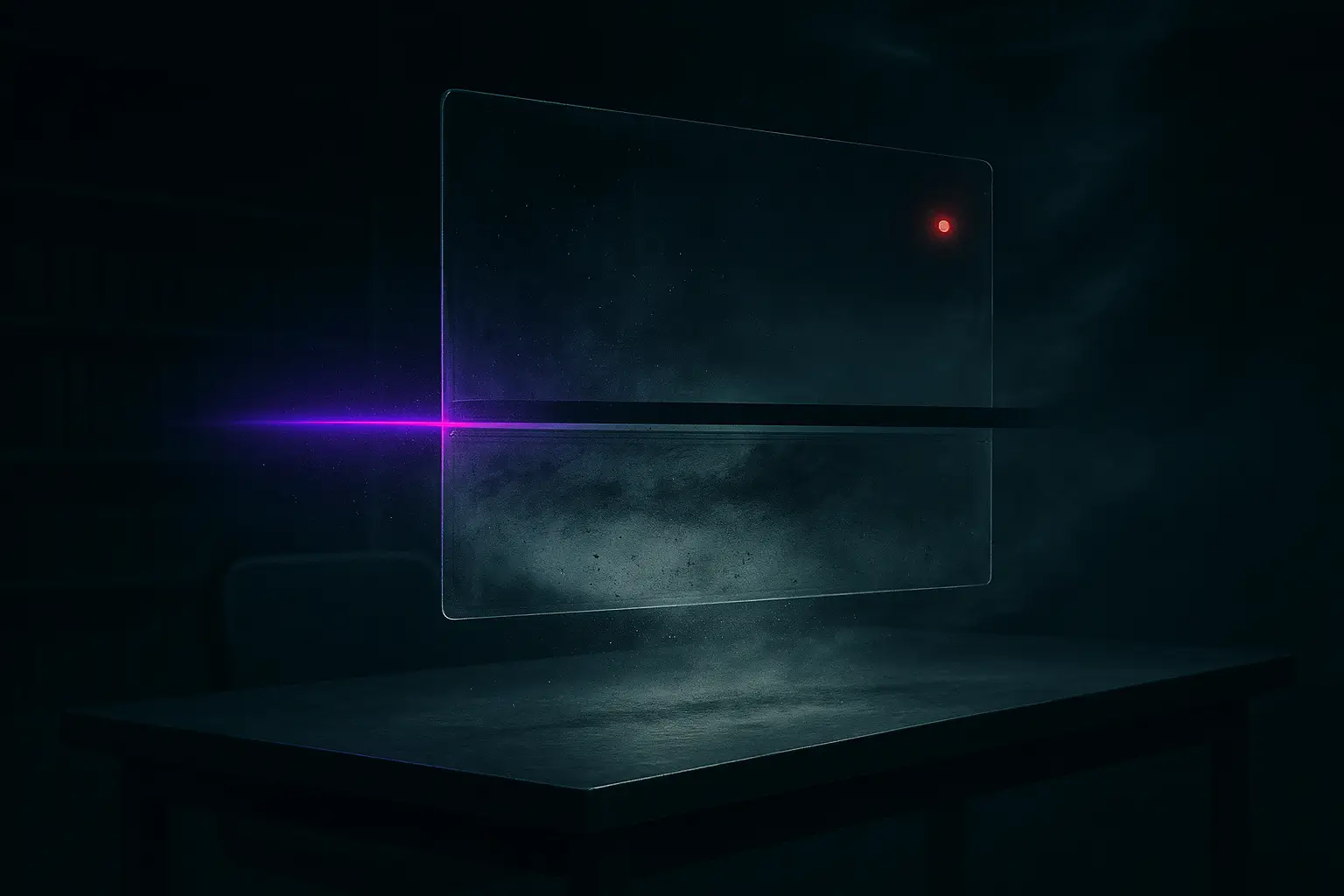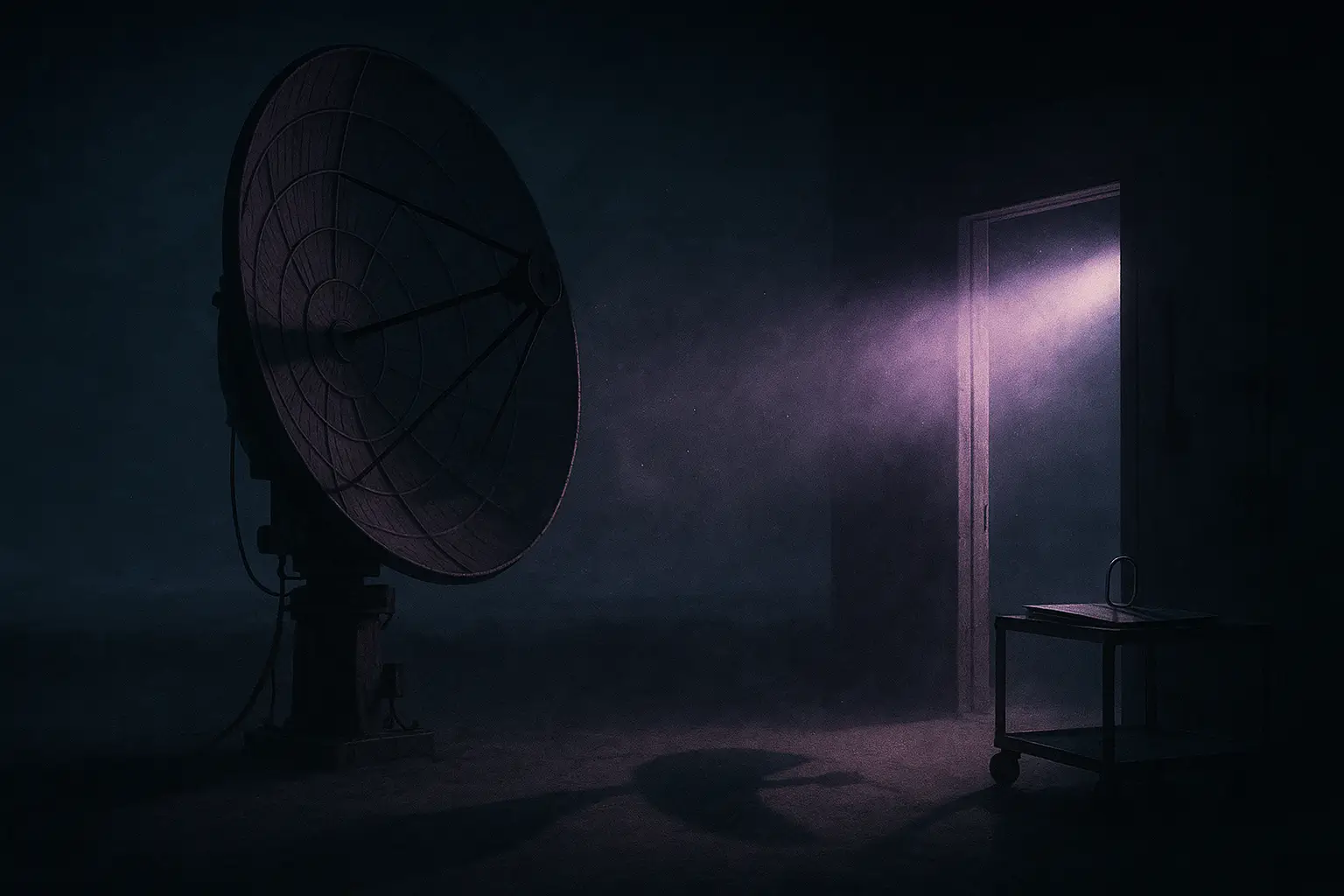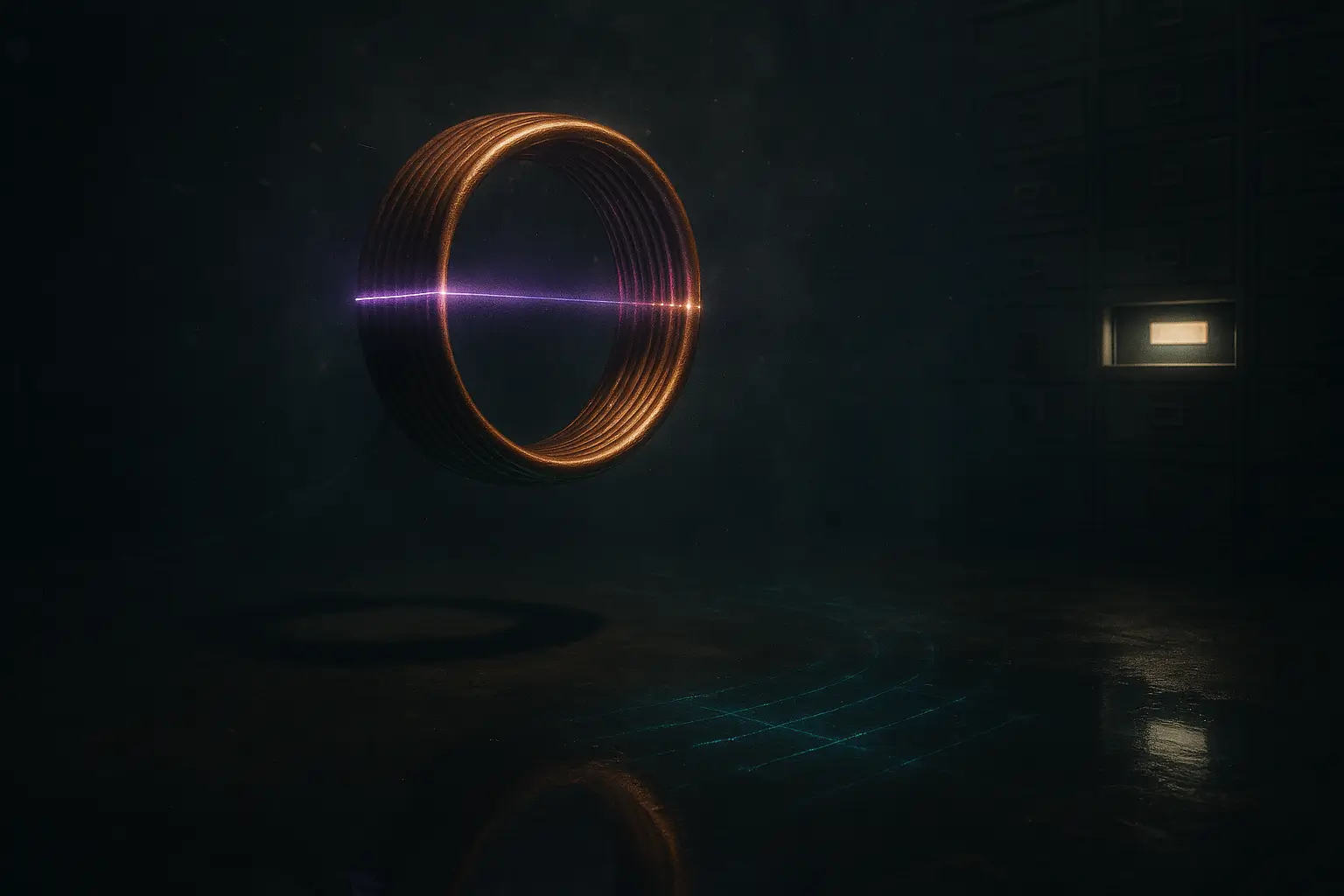Fringe Theories: Mocked Myths or Unsettling Truths?
Fringe theories emerge from the shadows, unearthing buried evidence and unsettling possibilities that challenge the very fabric of accepted reality.
In a dim archive room stacked with yellowing dossiers and the glow of aging monitors, a solitary researcher threads clues through the dark. Each scrap hints at a pattern the official story refuses to hold—ideas long filed under fringe theories.
The shelves hum with paper dust and omission. As of 2025, the public record is fuller than ever, yet decisive answers still recede into the stacks. In places like the National Archives and the CIA FOIA Reading Room, the trail runs hot, then cold, then hot again.
Definition: fringe theories are speculative explanations that sit outside peer-reviewed consensus. They often draw on anomalous reports or incomplete datasets, and they gain traction when official narratives leave gaps that archives cannot fully close.
What the Video Adds (Quick Summary)
- Project Blue Book case materials document multiple-witness sightings near Exeter, New Hampshire (1965), including descriptions of luminous objects; the video reframes those events through a darker lens.
- The narration alleges radar confirmation; open-source case files catalog witness statements but do not preserve corresponding radar records, making that claim unverified.
- Air Force officials are portrayed as dismissive; historically, Blue Book closed many incidents with conventional explanations, a pattern critics say fostered public skepticism.
- A memo labeled “OS-17” and the line “Subject 12 exhibited physiological changes” are presented as excerpts; this designation is not located in standard National Archives indices and should be treated as unverified.
- Claims of residents “missing” and a bone-deep electrical hum are anecdotal and remain uncorroborated in institutional repositories.
- The video suggests synchronized global phenomena and electromagnetic disturbances; correlation across cases is asserted but not demonstrated in declassified datasets.
The First Disruption
In Cold War files, the extraordinary often hides in the margins. Researchers have long circulated references to a program tag, “Project OS-17,” linked to incidents that seemed to bend the rules of physics. Archives show no formally indexed program by that name, and credible mentions are scarce, but the motif persists: technicians logging malfunctions they could not reproduce; analysts flagging “unknowns” they could not model.
“The event recorded on March 15, 1963, remains unexplained. Observed phenomena suggest a transient breach of natural law.” — purported extract attributed to an unsigned memo circulated online; not located in the National Archives catalogs
The Cover-Up / The Silencing
When anomalies outpace policy, silence gains gravity. Official summaries often filed unusual sightings under conventional headings, and lines of inquiry went missing in bureaucratic fog. Records indicate that, behind closed doors, investigators still chased the outliers. For context, real covert programs such as CIA Project MKUltra (1953–1973) and FBI COINTELPRO (1956–1971) are evidenced in declassified reports; their existence does not prove OS-17, but it explains why public trust frays when the record looks selective. For readers tracking vetted operations, see our Real Conspiracies catalog.
Not every whispered claim survives contact with the archive. Some files were misfiled and later recovered; others likely never existed. Yet the echo persists because certain cases resist tidy endings and because credible institutions — from the National Archives’ Project Blue Book holdings to the Library of Congress research guides — continue to expand access without closing every loop.
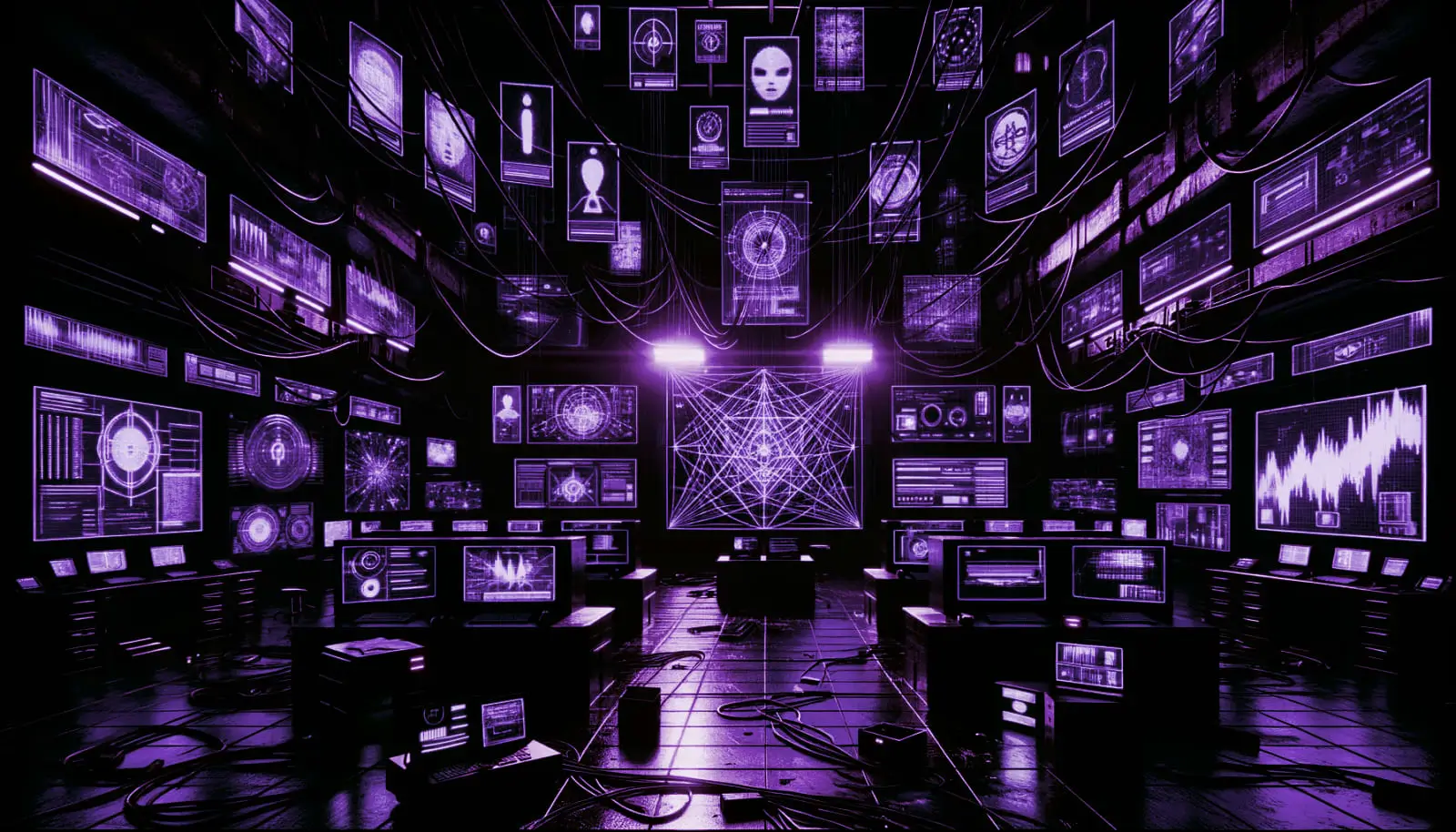
Echoes of the Future
The frontier shifts. NASA’s 2023 independent study of UAP data and the Pentagon’s All-domain Anomaly Resolution Office show the inquiry has moved from campfire stories to institutional workflows. If even a fraction of the old anomalies hold up under modern instrumentation, today’s edge-of-science work may validate slivers once relegated to fringe theories. Concrete artifact line: Project Blue Book, Exeter, NH case file (1965) documented at the National Archives; conclusions remain debated in secondary literature.
Final Transmission
In the dust-ringed gaps of the public record, the impossible breathes quietly. Once-dismissed edge-of-science claims linger at the limit of perception, a reminder that uncertainty is not absence — it is a map with missing roads.
To probe further, navigate the speculative science catalog, explore the bounds of forbidden science, or step into our expanding vault of anomalies curated by The Odd Signal.
Sources Unsealed
- National Archives – UFOs: Records of the U.S. Government (Project Blue Book overview and access pathways), 2022: https://www.archives.gov/research/military/air-force/ufos
- Library of Congress – Research Guide: Unidentified Flying Objects (UFOs), 2023: https://guides.loc.gov/unidentified-flying-objects
- CIA FOIA Reading Room – UFOs: Fact or Fiction? collection index, various years: https://www.cia.gov/readingroom/collection/ufos-fact-or-fiction
- Department of Defense – Unidentified Anomalous Phenomena (UAP) Spotlight and AARO resources, 2023–2024: https://www.defense.gov/Spotlights/Unidentified-Anomalous-Phenomena/
- Blue Book case context – Exeter, New Hampshire (secondary repository; not an official government site): https://bluebookarchive.org
- Cultural mirror (not evidence): Close Encounters of the Third Kind (1977), a cinematic reflection on official secrecy and anomalous sightings.
Latest Declassified Signals
New drops every week. Dossiers, visuals, anomalies. Truth is never quiet.
They Don’t Want You to Know This
Join the society of the curious. Get early access to leaked findings, hidden knowledge, and suppressed discoveries — straight to your inbox, before they vanish.
